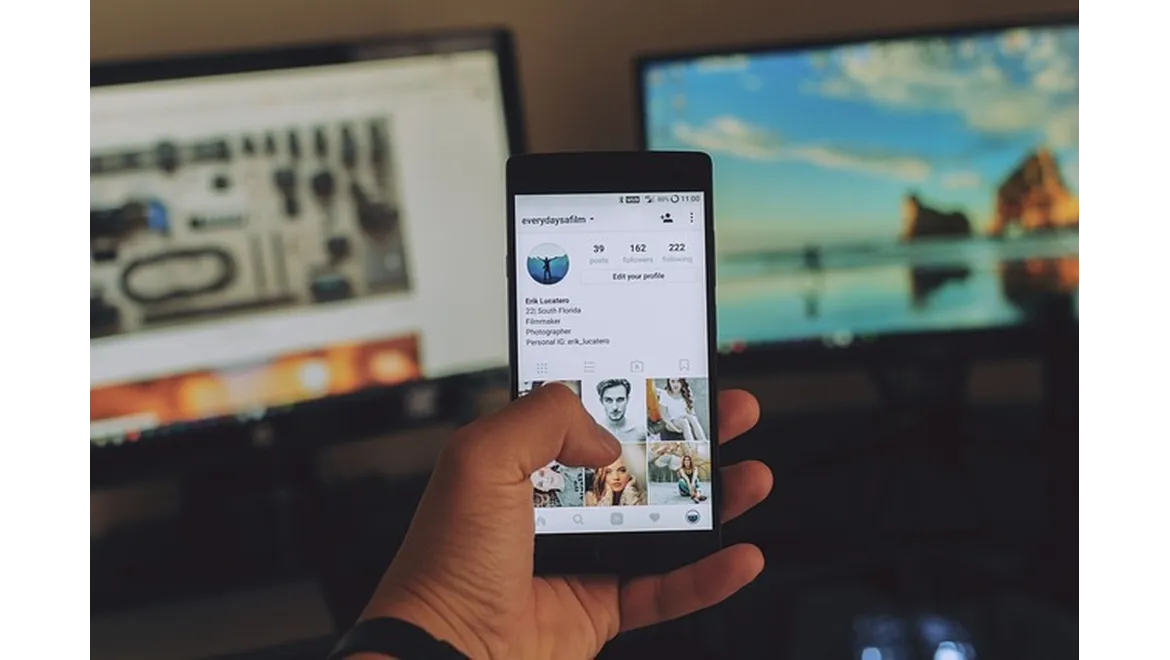Hey there, digital explorers! Today, I want to take you through my fascinating journey of leveraging AI to compare competitor engagement metrics across multiple social platforms. If you’re anything like me, the thought of diving into heaps of data might seem daunting at first. But trust me, with the right tools and approach, it’s both manageable and incredibly insightful.
Prepping for the Dive
Before I could jump into the vast ocean of social media metrics, I needed to set my objectives straight. My primary goal was to understand how competitors were engaging their audience across platforms like Facebook, Twitter, Instagram, and LinkedIn. This meant looking at metrics such as likes, shares, comments, and follower growth.
I started by making a list of my primary competitors. This included brands that were either in the same niche or had a similar target audience. A quick tip here: don’t just focus on the big players. Sometimes, smaller competitors can provide unique insights that the giants might miss.
Gathering the Right Tools
Next up was selecting the right AI tools to help me gather and analyse the data. After some research, I settled on a few reliable platforms: Hootsuite, Socialbakers, and Sprout Social. Each of these tools has its unique strengths, but they all offer robust AI capabilities to track and compare engagement metrics.
For someone new to these tools, I’d recommend starting with the trial versions. This way, you can get a feel for their functionality without any financial commitment. Once you’re comfortable, you can then decide on the one that best suits your needs.
Setting Up the Data Collection
With my tools in hand, it was time to set up the data collection process. I created separate projects for each competitor on the chosen platforms. This involved entering the social media handles and setting up the parameters for the metrics I wanted to track. The AI then began its magic, pulling in data from the various social platforms.
I set the tracking period to six months to ensure I had a comprehensive dataset. This timeframe gave me a good balance between being current and having enough historical data to spot trends.
Analysing the Metrics
Once the data started coming in, it was time to roll up my sleeves and dive into the analysis. The AI tools provided a plethora of metrics, but I focused on the key engagement indicators: likes, shares, comments, and follower growth.
What I found fascinating was how the AI could highlight patterns and trends that weren’t immediately obvious. For example, one of my competitors had a significant spike in engagement every Wednesday. Digging deeper, I realised they were running a weekly Q&A session, which was driving up their engagement.
Visualising the Data
Numbers alone can be overwhelming, so visualising the data was crucial. Most AI tools offer built-in visualisation features, but I also used Tableau for more customised charts and graphs. This helped me see the bigger picture and made it easier to communicate my findings to the team.
I created comparative graphs showing engagement metrics side by side. This visual representation made it clear which competitors were excelling on which platforms and where there were opportunities for us to improve.
Drawing Insights and Taking Action
Armed with these insights, the next step was to translate them into actionable strategies. For instance, seeing the success of the Wednesday Q&A sessions, I proposed we start our own weekly engagement event. Similarly, noticing a competitor’s high engagement on Instagram stories led us to revamp our own story content.
Consistency was another key takeaway. Competitors with steady, consistent posting schedules generally had better engagement metrics. This reinforced the importance of maintaining a regular posting calendar.
Final Thoughts
Using AI to compare competitor engagement metrics across multiple social platforms was an enlightening experience. It not only provided a clearer picture of the competitive landscape but also offered actionable insights that we could implement.
From setting clear objectives and choosing the right tools to analysing and visualising the data, each step was a learning experience. By consistently tracking and adapting based on these insights, we can stay ahead in the ever-evolving world of social media.
So, if you’re looking to get a leg up on your competition, I highly recommend giving this approach a try. Happy analysing!











